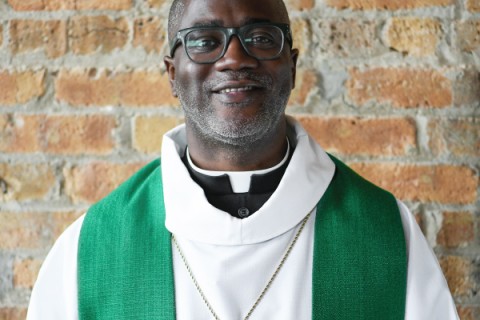The grace of small things

Gathering in coffeehouses, huddling in homes, working around gardens, or converging in church basements, new church communities have sprung up across the nation. They have different means of social cohesion, focused variously on social justice, creation care, art, reading, or music, but most of them have one thing in common—their small size.
In the 1990s people talked about a church being “launched.” A launch event included talented musicians, drama teams, special guests, and a building. The church development committee would pour money into slick postcards and glossy advertisements, hoping that hundreds of people would show up and that worship “performances” would keep the church going. The pastor would jet to Willow Creek conferences not for theological insights but for pointers on how to grow a church bigger, faster. Then he’d return home and attempt to replicate the megachurch in his town.
Dangers lurked in this model. Many megachurches depended on a charismatic leader: if the pastor crashed and burned, so would the church. In addition, the governing body put in a lot of upfront funding, so if the church didn’t take off, denominational leaders became investment shy and said, “We tried starting a new church before, but we’re not very good at it.” But in many places the launching model persisted. People liked being a part of something big, new, and exciting, and they enjoyed the performances.




